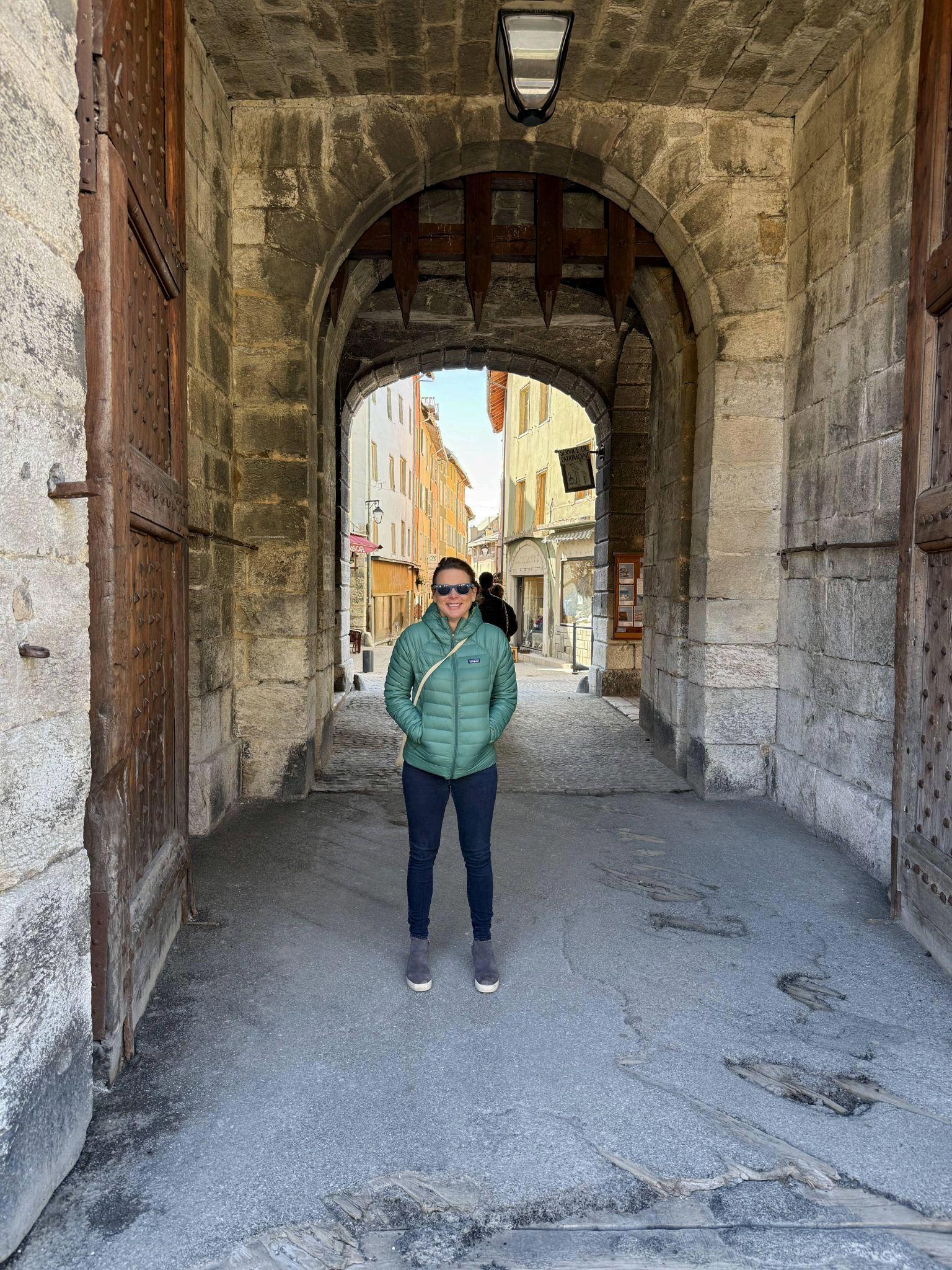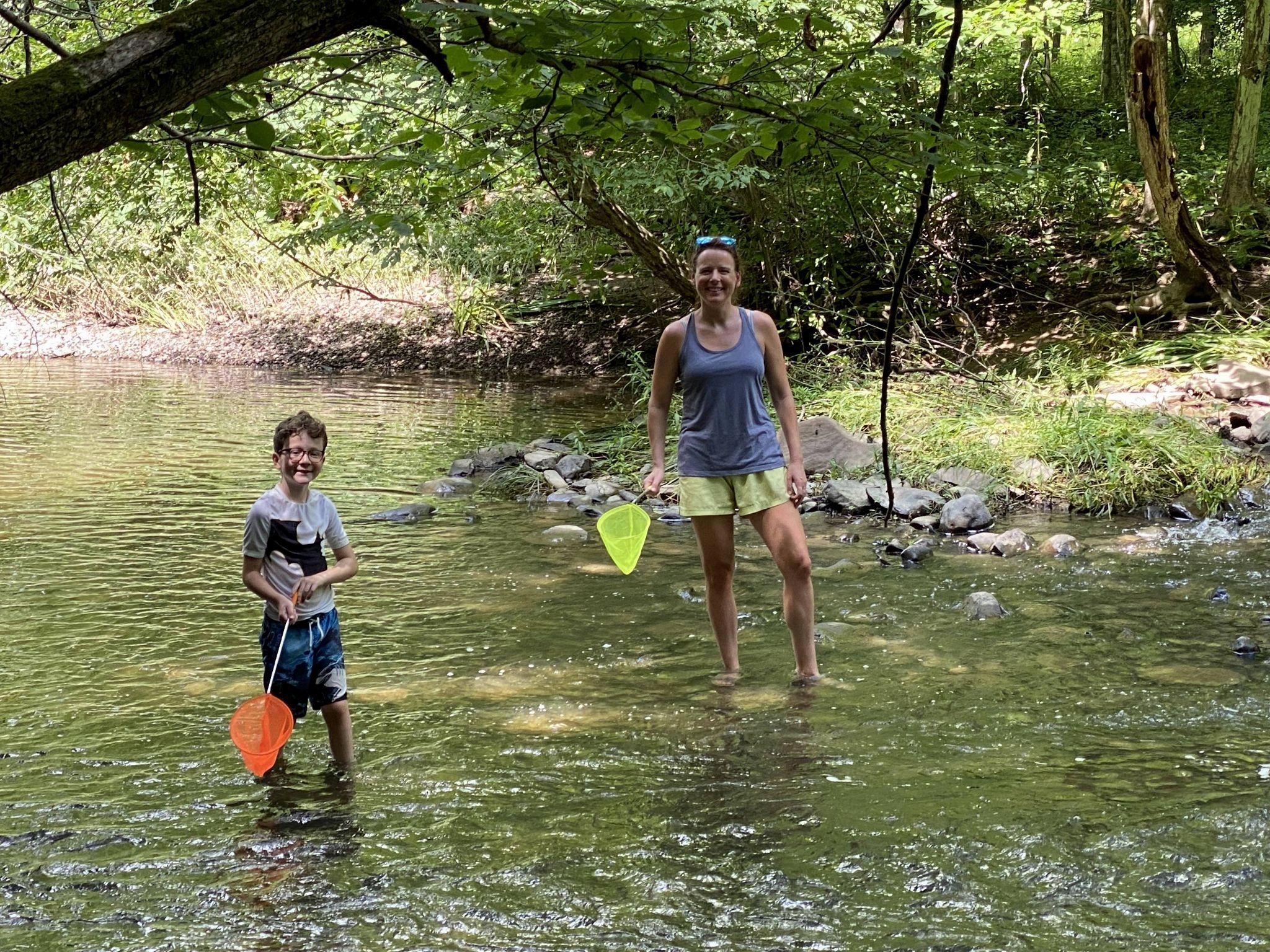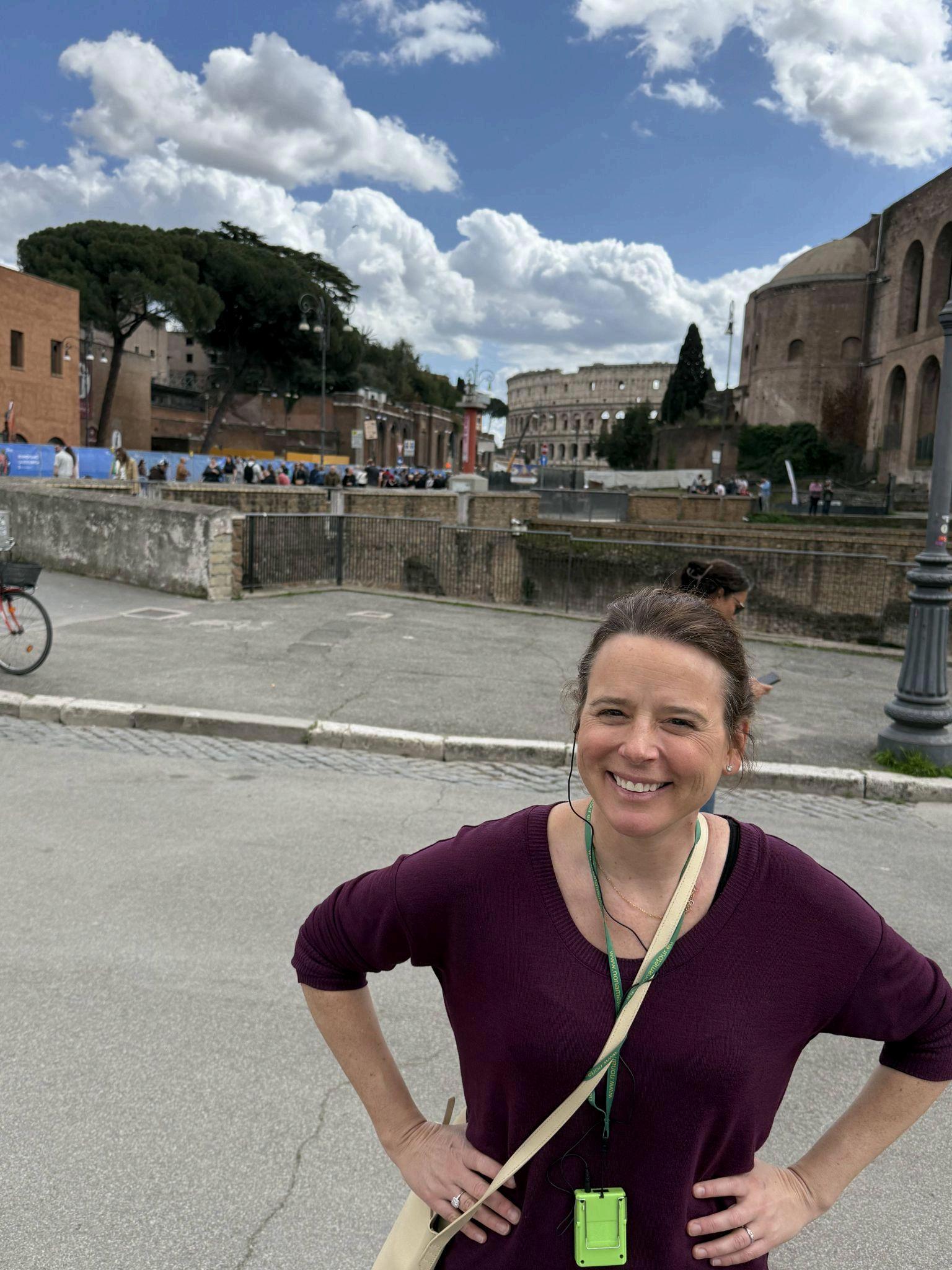Wonders by Alison Schrag

Alison Schrag suggests that salt on the wind, a map in your pocket, and the pull of the horizon can turn a free day into a genuine journey. Coastal exploration rewards anyone willing to step beyond the last railing and follow the curve of the shore On remote beaches, the water feels larger, the sky closer, and footprints fade as fast as the stories that made them. You walk to the metronome of surf, noticing how each wave edits the sand The first lesson is simple Slow down The second is kinder Look closer, because the coast hides its best wonders in plain sight. Pebbles clatter under a retreating wave, sanderlings race the foam, and even the wind seems to tune itself to your pace
Begin with the rhythm of water On empty strands, waves arrive like patient storytellers, shaping sand into scalloped edges and whispering through dune grass. Walk early to read the shoreline’s diary Heron tracks stitch the foam line, the pearly hinge of a mussel shell flashes, and a lattice of wrack marks last night’s tide. Bring sturdy shoes, because beyond the postcard scene lie basalt ledges slick with spray, tide pools bright as stained glass, and kelp forests that furl and unfurl with every set Watch the swash and backwash for a full minute before stepping onto wet rock. Timing your moves with the sea keeps the day calm, safe, and wonderfully unhurried

Seek the places where the road becomes gravel and then ends. Remote headlands often hide their finest views behind short, steep paths that switchback through heather and coastal pines
From those cliffs, the sea sprawls in layered blues, seals nap like commas on offshore rocks, and cormorants hold their wings against the light. On clear afternoons, you may spot the faint seam where one current meets another Anglers favor these rips for fish, but photographers love them for texture and motion. If the breeze freshens, look for wind lanes that streak the water. They point like arrows toward life and changing weather
Tide pools are classrooms disguised as jewelry boxes. Kneel and the world contracts to the size of your palm Anemones close like careful fists, snails write slow cursive, and hermit crabs
bicker over borrowed shells Move like a patient heron Wet rocks bruise easily, and so do the creatures that cling to them. Touch with one damp finger if you must, never pry, and always return stones to their resting place A small hand lens reveals galaxies in miniature, sparking a lifelong love of astronomy. The more gently you travel, the more you see, and the more these quiet corners keep their magic for the next explorer.

Weather dictates the script, so pack accordingly A breathable shell, a warm layer, and a knit cap can turn a squall into a story rather than a retreat. Binoculars help you scan rafts of sea ducks or read patterns on a far sandbar A small thermos keeps morale high when fog folds in and buoys toll in the gray Responsible coastal exploration also means knowing the local tide table, sharing your plan with someone, and carrying a headlamp for the last mile back. Flexibility becomes the secret itinerary that turns a closed gate into a better footpath and a patch of drizzle into luminous light.
Navigation turns into a pleasure when you trade turnpikes for contour lines. Study charts and topographic maps to find pocket beaches reachable at mid tide or sea arches visible only at a precise hour. Many remote wonders sit just beyond popular lookouts. Walk ten minutes farther, and the noise drops with each step. Listen for freshwater where it meets salt. These estuary edges braid reed beds, sandbars, and mirrored pools into a living mosaic Shorebirds stitch across the scene in quick arithmetic, while ospreys hover with deliberate grace. Follow your curiosity, but give nesting birds and resting seals room to be themselves

Sustainable habits keep remote beaches remote Pack out every scrap, even the thread from a snack wrapper. Choose reef-safe sunscreen and minimize fragrances that can confuse wildlife. If you collect anything, make it photographs and field notes Support small coastal towns by buying bait, bread, and coffee from family shops, then learn a phrase worth repeating Leave no path wider than your own boots. Travel at low tide, where possible, to spare the fragile plants that knit dunes together A light footprint is not only courteous; it's also environmentally responsible It is the best strategy for finding solitude again

Eventually, the day tilts, and you follow the tide line back toward camp or car Salt dries to a fine script on your cuffs. Gulls wheel above a final shoal, and one buoy bell writes a tidy period on the whole adventure That is the quiet prize of discovering remote wonders along the coast You carry the paper map out in your pocket and bring a better one home in your head, made of smells, textures, and the steady promise of returning. Memory becomes your compass to the next quiet cove, and the sea keeps speaking long after you go
